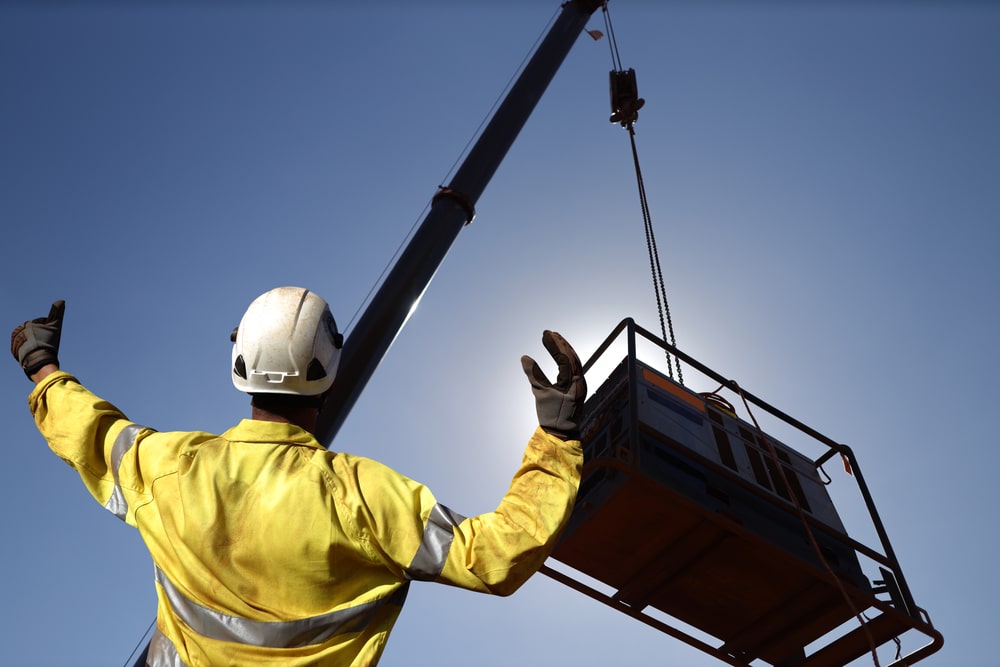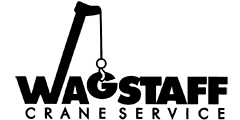
General Crane Safety Recommendations for Any Project
Safety is paramount when carrying out any sort of construction project, and especially when utilizing large or potentially dangerous equipment. One of the best possible examples here is the realm of cranes, which requires a keen eye toward safety at all times to ensure no accidents or hazards are created by improper crane usage.
At Wagstaff Crane and Rigging, we’re happy to not only provide the very best selection of crane rentals available, but also to offer safety programs and training for anyone who might be operating one of our cranes or any related accessories. Whether you’re operating a crane yourself or simply will be in the area where cranes are operational during a given project, here are some important safety themes to ensure you’re following at all times.
Selecting the Proper Crane
Firstly, safety on a crane job site goes all the way back to the initial crane selection process. For example, you’ll need to consider what specific project the crane is going to be working on, how long it will be in use (how many lifts there might be), and the general conditions that are expected for any given day or time of year.
In addition, you’ll want to consult a certified crane inspector to make sure that the crane you’re using is up-to-date and in proper working order. This includes all aspects of inspection, from the engine to any building structures or supporting features like rigging and hoisting equipment.
Working with Certified Operators
Next, safety when operating a crane comes down to ensuring every operator who will be using one is certified and experienced. In the event that your organization does not have any trained operators on staff, you’ll need to hire professionals for the job who can handle all aspects of crane operation with confidence and precision.
This includes not just lifting items or structures, but also moving and maneuvering a crane in various locations throughout a construction site. Every operator should have plenty of experience on the job, as well as a comprehensive knowledge base and awareness of relevant safety protocols.
Regular Crane Checks and Upkeep
Especially if you’re keeping a given crane on your job site for an extended period of time, it’s important to conduct regular checks and upkeep measures. These should be done by a certified crane inspector or service technician to ensure nothing is overlooked that could lead to an accident happening at some point during a project.
Some prime areas for attention include hydraulic hoses and seals, electrical connections, winch drums and wire rope, brakes and their related mechanisms, and lifting capacity ratings that may have changed due to wear over time.
Stabilization
Because cranes can be massive and can certainly pose a threat to both workers and nearby structures, it’s important to stabilize them at all times. This includes using proper mats or other equipment that can keep the crane from sinking into soft ground, as well as any means necessary (like guy wires) in order to ensure the crane remains stable even during windy conditions.
Down similar lines, ensuring you’ve rigged your crane’s load appropriately and safely is also a major factor when it comes to crane safety. This includes ensuring the load itself is properly secured with all necessary straps, hooks, chains, or other fastening equipment.
Don’t Exceed Load Limits
There’s an unfortunate tendency from some to assume that cranes can lift literally any item, regardless of its weight or size. However, even the most modern and well-maintained crane has limits on what it can safely lift.
These load limits are based on various factors, including the type of crane you’re utilizing (e.g., mobile vs. crawler), the length of any extension arms or boom sections, and a few other factors. These load limits are always clearly outlined in the crane’s manual, so ensure you’re referencing this information and taking it into account at all times when using any sort of crane for your project needs.
Communication and Signaling
During any crane usage, whether you’re actively operating it yourself or have workers on the ground using it to move heavy items, clear communication is essential. This includes making sure that everyone around knows what the crane’s current plans are at all times (e.g., impending lifts), and ensuring that any signals or other hand gestures given during operation are well understood by all parties involved.
For instance, hand signals like “hoist, stop,” “down, lower slowly,” and so on should be clear and easily understood by everyone in the vicinity. This can help prevent any accidents or mishaps from happening when a worker is trying to deploy the crane but doesn’t receive appropriate signals due to poor communication among all parties involved.
Read the Manual
Finally, anytime an issue has come up with your crane, or even if you’re just looking to brush up on your knowledge, it’s definitely a good idea to read the manual. This will help ensure you know what specific issues or problems could arise with the crane and how they should ideally be handled in the most efficient manner possible.
For instance, if you’re encountering some resistance when moving a load, reading your crane manual can give you valuable insights into the right steps to take in order to reduce this friction and move your item safely and as intended.
Overall, by following these tips and paying special attention to crane safety at all times, you can ensure that any cranes on your job site are operating efficiently, safely, and in a way that minimizes any risks to both workers and other nearby individuals.
For more on this, or to learn about any of our crane safety programs for all of our crane rentals, speak to our team at Wagstaff Crane and Rigging today.


